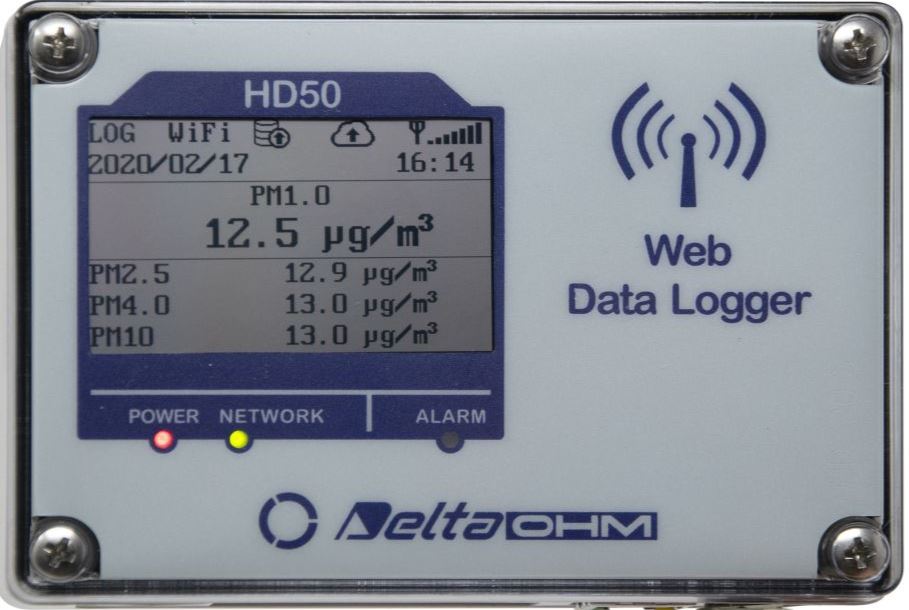
Senseca introduced a logger with PM measurement. But why would you want to measure PM? What is PM10 or P2,5 or PM1,0; why should it be measured. In this article we try to answer some questions.
Particulate Matter (PM) also called Particle Pollution.
An explanation of the term PM, as found on the site of the EPA (United States Environmental Protection Agency): the term for a mixture of solid particles and liquid droplets found in the air. Some particles, such as dust, dirt, soot, or smoke, are large or dark enough to be seen with the naked eye. Others are so small they can only be detected using an electron microscope.
What does the number behind PM stand for:
The number stands for the size of the particle, expressed in micro-meters.
So: PM1.0 means the collection of measured particles that have a diameter of 1µm or less. Talking about PM10 means that we take in consideration all particles with a size of 10µm or smaller.
Why is it interesting to know the PM:
The particles that we talk about are that small that we (can) inhale them without noticing. But the effect of inhaling them can have dramatic consequences. Especially particles smaller than PM2.5 are considered to be dangerous for human health; they can get deep into your lungs or may even get into your bloodstream.
Where does this Pollution comes from:
Some of the particles are being formed by human interaction, some are the result of reactions of spontaneous reactions of chemicals that are in the atmosphere. The ones that are being emitted as result of human interaction can be found in areas with high industrial activity, fires, smoke, construction sites or in areas with high activity of cars and transport.
Particulate Matter Pollution:
The datalogger that Senseca has introduced measures the Air quality inside buildings. Senseca will also introduce an outdoor version that will be combined with our AWS (Automatic Weather Station). Buildings where it is likely to face problems with air quality are e.g. the ones near heavy traffic situation in cities or highway areas. Or as another example, offices connected to industrial workplaces in steel mills, cement factories or other production areas.
Let it be clear:
Measuring the Air Quality is highly important when we care about health. Based on the measurement we can take temporarily measures (ventilation or even working on other spots) or we can use it to improve air conditioning and filtering of the air.
Interested? Have a look at the specifications of the HD50PM – very simple to install (power and a WiFi or cables network will do). Can be used with cloud storage, in a network of loggers or as stand-alone unit. Or just ask us for more information.
Go here to see full details of this logger, including the datasheet and specifications.
Senseca will also introduce a version for outside measurement and detection.


